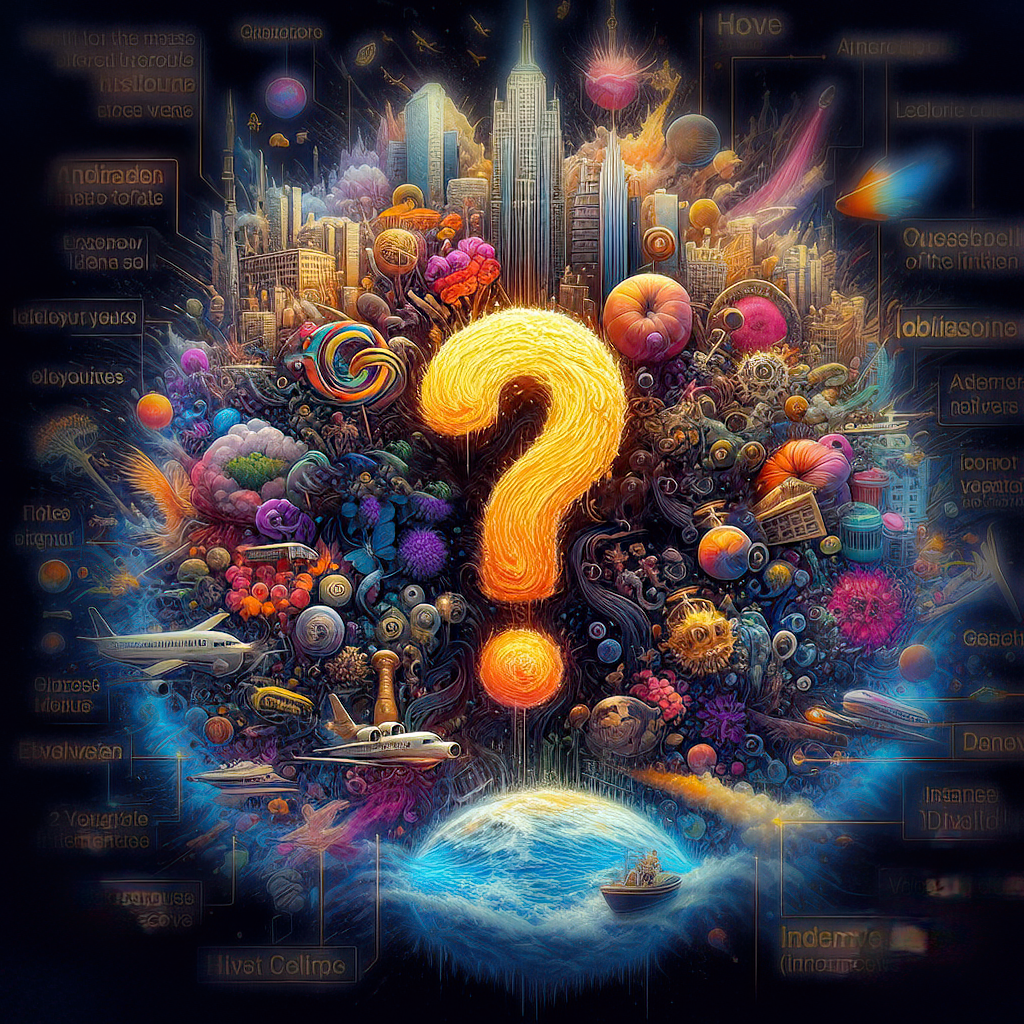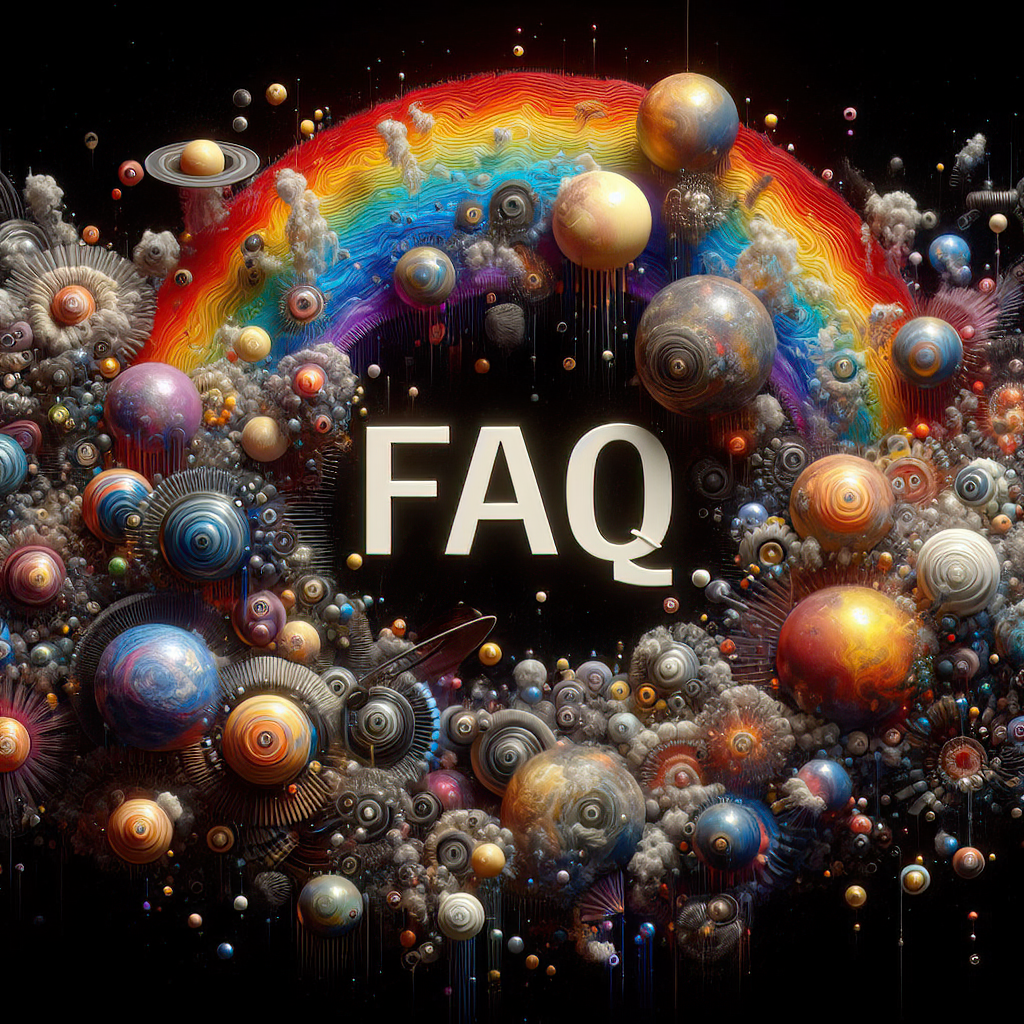
par Bill Tiepelman
Cartographie DIY pour les mondes fantastiques
Cartographie DIY pour les mondes fantastiques : pourquoi c'est amusant et comment commencer Les cartes sont les héros méconnus des récits de fantasy et de science-fiction. Elles ancrent vos lecteurs dans votre monde, fournissent un contexte pour des voyages épiques et apportent un sentiment de réalisme même aux décors les plus fantastiques. Mais les cartes ne sont pas seulement destinées aux lecteurs : elles sont un outil puissant pour vous, l'écrivain. Elles vous aident à visualiser votre monde, à suivre les détails et même à susciter de nouvelles idées d'histoire. Et le meilleur dans tout ça ? Pas besoin d'être cartographe pour en créer une. Que vous dessiniez au crayon ou que vous utilisiez un outil numérique sophistiqué, la cartographie est un moyen accessible et amusant d'approfondir votre connexion avec votre monde. Voyons pourquoi vous devriez créer une carte pour votre histoire et comment commencer. Pourquoi les écrivains devraient-ils faire des cartes ? Créer une carte n'est pas seulement une question d'esthétique : il s'agit d'améliorer votre processus de narration. Voici comment une carte peut vous aider en tant qu'écrivain : Organisez votre monde : que votre histoire s'étende sur des royaumes, des planètes ou une seule ville, une carte vous aide à suivre les emplacements, les distances et les relations. Améliorez le développement de l'intrigue : voir votre monde présenté visuellement peut susciter des idées de voyages, de conflits et de connexions que vous n'aviez pas envisagées auparavant. Ajoutez de la profondeur à votre monde : une carte rend votre monde plus réel, vous encourageant à réfléchir à la géographie, à la culture et à l'histoire. Expérience de lecture immersive : inclure une carte dans votre livre aide les lecteurs à se sentir connectés à votre monde dès la première page. Vous hésitez encore ? N'oubliez pas : votre carte n'a pas besoin d'être parfaite. Elle doit simplement avoir du sens par rapport à votre histoire. Étape 1 : Commencez par votre histoire Avant de vous munir de vos outils, réfléchissez aux besoins de votre récit. Quel rôle joue la géographie dans votre récit ? Par exemple : Votre héros doit-il traverser des montagnes dangereuses ou naviguer sur des mers dangereuses ? Des régions ou des royaumes différents sont-ils en guerre ? Votre monde comprend-il des monuments uniques, comme des îles flottantes ou des ruines antiques ? Votre carte doit servir l’histoire, alors laissez votre intrigue guider sa conception. Étape 2 : Rassemblez l’inspiration Si vous ne savez pas par où commencer, cherchez l'inspiration dans d'autres cartes. Étudiez des exemples classiques comme la Terre du Milieu de Tolkien ou des exemples modernes comme les cartes du Trône de Fer . Remarquez comment elles équilibrent les détails pratiques (routes, villes, rivières) avec une touche créative (forêts mystérieuses, monuments magiques). Vous pouvez également vous inspirer de la géographie du monde réel. Parcourez des atlas ou explorez Google Earth pour voir comment les éléments naturels comme les montagnes, les rivières et les déserts façonnent les établissements humains et les itinéraires de voyage. Étape 3 : Choisissez vos outils Il existe de nombreuses façons de créer une carte, du papier et du crayon à l'ancienne aux outils numériques de haute technologie. Voici quelques options : Cartes dessinées à la main : prenez une feuille de papier, un crayon et peut-être quelques marqueurs de couleur. Cette méthode est simple, tactile et idéale pour le brainstorming. Outils numériques : des plateformes comme Inkarnate, Wonderdraft et Campaign Cartographer sont conçues pour la cartographie et offrent de nombreuses options de personnalisation. Approche hybride : dessinez votre carte à la main, puis numérisez-la et affinez-la à l’aide d’outils numériques comme Photoshop ou GIMP. Expérimentez différentes méthodes pour trouver ce qui vous convient le mieux. Étape 4 : Commencez à dessiner Commencez par les bases : dessinez les contours de votre monde. S'agit-il d'un seul continent, d'un archipel ou d'une planète entière ? Ne vous souciez pas de la précision : contentez-vous de tracer la forme générale. Ensuite, ajoutez des éléments géographiques majeurs comme des montagnes, des rivières et des forêts. Ces éléments influenceront l'emplacement des colonies et la façon dont les personnages se déplacent. Après cela, marquez les emplacements clés comme les villes, les villages et les monuments. Enfin, réfléchissez à la manière dont ces fonctionnalités interagissent. Par exemple : Les rivières coulent souvent des montagnes vers la mer, et les villes ont tendance à surgir près des sources d'eau. Les forêts pourraient abriter des créatures mystérieuses, tandis que les déserts pourraient cacher des ruines antiques. Les routes commerciales peuvent relier les villes, tandis que les barrières naturelles comme les montagnes créent des divisions politiques. Étape 5 : Ajoutez une touche créative C'est ici que le plaisir commence. Votre carte ne doit pas seulement être fonctionnelle, elle peut aussi être belle et pleine de personnalité. Pensez à ajouter : Noms uniques pour les régions, les monuments et les villes (points bonus pour les noms qui reflètent la culture ou l'histoire de la région). Symboles ou icônes pour différents types d'emplacements (par exemple, châteaux, ruines, mines). Annotations ou notes sur les zones clés (« Forêt maudite – N’entrez pas ! »). N'ayez pas peur de vous lancer dans le fantastique. Des îles flottantes, des grottes cachées et des anomalies magiques peuvent donner à votre carte un aspect vivant et unique. Étape 6 : Affinez et utilisez votre carte Une fois votre carte terminée, il est temps de la mettre en pratique. Utilisez-la comme référence lors de la rédaction pour assurer la cohérence de votre histoire. Par exemple : Vérifiez les temps de trajet et les distances pour vous assurer que les personnages ne se téléportent pas d'un côté à l'autre de la carte (à moins, bien sûr, que la magie ne soit impliquée). Utilisez la carte pour tracer des voyages, des batailles ou des itinéraires d'évasion. Laissez la géographie vous inspirer de nouvelles histoires. Vos personnages pourraient découvrir une île inexplorée ou explorer un col de montagne interdit. Si vous publiez votre livre, pensez à inclure la carte en frontispice ou en bonus. Les lecteurs adorent parcourir les cartes pour mieux comprendre le monde. Pourquoi la cartographie en vaut la peine Créer une carte n’est pas seulement un exercice pratique : c’est aussi l’occasion d’approfondir votre lien avec votre histoire. Cela vous oblige à penser votre monde sous un angle nouveau, du cours des rivières à la montée et à la chute des empires. Et soyons honnêtes : il y a quelque chose d’incroyablement satisfaisant à voir son monde prendre forme sur papier (ou sur écran). Alors, prenez vos outils, laissez libre cours à votre imagination et commencez à cartographier votre monde. Qui sait ? Vous pourriez bien découvrir une histoire cachée qui n'attend qu'à être racontée. Donnez vie à votre monde fantastique avec des cartes professionnelles Créer une carte fantastique ne consiste pas seulement à esquisser des lieux : il s'agit de créer un chef-d'œuvre visuel qui plonge vos lecteurs et améliore votre narration. Que vous écriviez une épopée fantastique, une saga de science-fiction tentaculaire ou une campagne de RPG richement détaillée, une carte conçue par des professionnels peut élever votre univers vers de nouveaux sommets. Chez Unfocussed Photography and Imaging , nous sommes spécialisés dans la création de cartes sur mesure qui donnent vie à votre imagination. Travaillons ensemble pour concevoir une carte qui capture l'essence unique de votre histoire. Cartes fantastiques personnalisées : collaborez avec nos designers pour créer des cartes dessinées à la main ou numériques adaptées à votre monde. Conception de cartes interactives : améliorez votre narration avec des cartes cliquables pour les plateformes numériques. Assistance à la création du monde : affinez la géographie, l'histoire et l'esthétique de votre carte avec nos conseils d'experts. Votre histoire mérite une carte aussi détaillée et vivante que votre récit. Laissez-nous vous aider à transformer votre vision en réalité. Découvrez nos services de conception de cartes dès aujourd’hui et rendez votre monde inoubliable !







